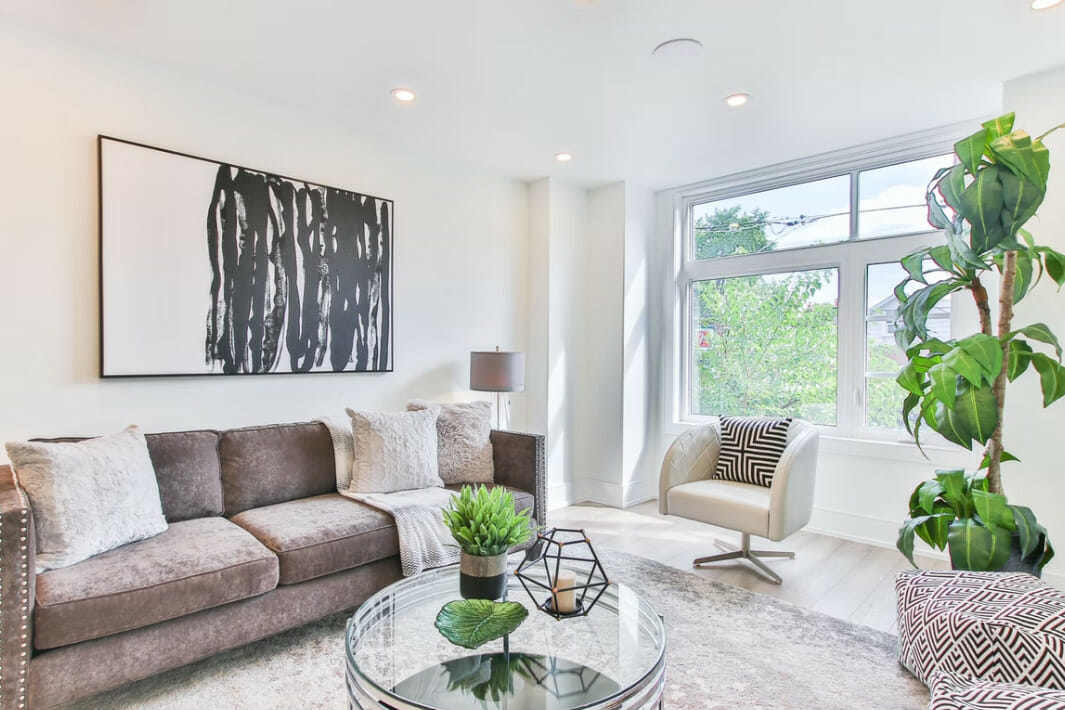
Learn how to combine decoration, comfort and energy-saving when renovating your home or moving house by following our tips on combining home form and function.
Your home is one of the if not the single most important place in your life. Everyone wants a dream home, in this article we provide a guide on how you can create your perfect home. A home that not only is pleasant to the eye but also very comfortable to live in. Not only that, we also help you with designing your home in such a way that promotes energy efficiency and helps you save on your energy bills at the same time.
Are you moving house and struggling to decide whether to prioritise form or function? With energy-efficient homes, you can live a sustainable and environmentally friendly lifestyle while choosing design elements that align with your aesthetic. Energy-efficient homes feature materials that reduce their energy consumption and dependence on non-renewable resources.
There are certain design and comfort elements to incorporate into your home that incur further energy savings. In this blog, we discuss three of these elements in detail.
<h2>How to combine decoration, comfort and energy savings</h2>
It’s important to create a home that allows you to save money while reflecting your design aesthetic. Some ways to combine these elements include:
<h3>1. Focus on insulation</h3>
Focusing on non-energy insulation measures is a great way to combine comfort and cost savings. For instance, a UK Government report, which you can access here, found that implementing affordable warmth measures in homes led to £267.5m lifetime bill savings.
It’s easy for air to seep in through missed cracks in your home infrastructure, thereby reducing its thermal properties. Examine the doors, windows, walls and attic in your home and ensure they’re properly sealed to increase natural insulation. Natural insulation helps keeps your home cool in the summer and warm in the winter without having to rely on cooling or heating systems to regulate temperatures. Increased comfort comes from a thermal-stabilising environment – allowing you to easily relax in your home.
Another way to increase comfort and save on costs is through energy-efficient window panes. Consider installing two- to three-paned windows in your home to provide extra insulation while adding to your home security measures.
<h3>2. Choose the right materials</h3>
If you’re renovating a home or creating a new build, be sure to opt for sustainable building materials. These can give an earthy feeling to your home décor while also reducing your reliance on non-renewable resources. Some types of sustainable materials to consider include:
<ul>
<li>Eco-friendly paint</li>
<li>Non-fibreglass spray foam insulation</li>
<li>Recycled steels</li>
<li>Bamboo</li>
<li>Concrete</li>
</ul>
These materials allow you to achieve the same desired aesthetic while saving you money in the long run. Using these materials also reduces the amount of waste you generate for landfills or incinerators.
<h3>3. Buy efficient appliances</h3>
Outdated appliances are another contributor to high energy bills. Energy-saving appliances contribute less to greenhouse gas emissions and combine well with modern aesthetics typical of new builds. It’s also necessary to inspect your existing energy appliances, such as ventilation and air conditioning systems and heating systems. This is because leaking or malfunctioning systems can unnecessarily waste energy – thereby adding to your energy bills.
Some energy-efficient appliances or systems to consider installing in your home include:
<ul>
<li>LED bulbs</li>
<li>Low flow light fixtures</li>
<li>Low flow toilets</li>
<li>Fan-assisted ovens</li>
</ul>
